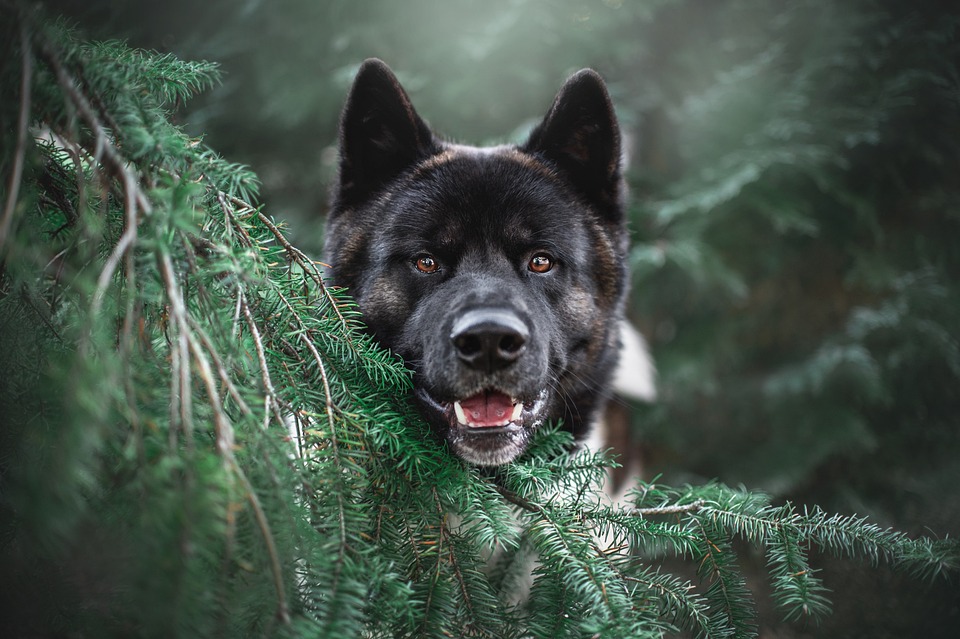Gun dog training has evolved over the years, with a shift towards positive reinforcement methods. This article explores the power of positive reinforcement in gun dog training and its numerous benefits. Positive reinforcement involves rewarding desired behaviors, increasing the likelihood of their repetition. This technique can be implemented using treats, toys, praise, or a combination of these.
One of the key benefits of positive reinforcement in gun dog training is the strengthening of the bond between the handler and the dog. By using rewards, the dog builds trust and understanding with the handler, leading to effective communication and cooperation during hunting activities. This bond is essential for a successful and reliable hunting companion.
Positive reinforcement also enhances the learning process for gun dogs. By associating rewards with specific actions or commands, dogs become more engaged and motivated to learn. They become eager participants in the training process, resulting in faster and more efficient learning. This makes them more receptive to new commands and behaviors.
Another advantage of positive reinforcement is that it encourages problem-solving in gun dogs. Instead of fearing punishment, dogs become confident in exploring different approaches to achieve the desired outcome. This independence and critical thinking are valuable traits in a hunting companion.
Additionally, positive reinforcement reduces stress and anxiety in gun dogs. Traditional punishment-based methods can lead to stress and negatively impact a dog’s performance. By creating a positive and enjoyable training environment, positive reinforcement minimizes stress and promotes a happier and more relaxed dog.
Implementing positive reinforcement techniques in gun dog training requires certain considerations. Timing is crucial, as rewards should be given immediately after the desired behavior occurs to ensure clear association. Consistency is key, with handlers consistently rewarding desired behaviors and redirecting unwanted ones. Gradual progression is important, starting with simple commands and gradually increasing complexity. Lastly, an individualized approach is necessary, as each gun dog is unique and training techniques should be tailored to their personality, temperament, and learning style.
Frequently asked questions about positive reinforcement in gun dog training are addressed in the article. Positive reinforcement is suitable for all gun dog breeds, but training techniques should be adapted to each breed’s characteristics and natural instincts. It can effectively address behavior problems by redirecting and reinforcing desired behaviors while ignoring or redirecting unwanted behaviors. While positive reinforcement should be the primary focus, occasional use of mild corrections or negative markers may be necessary in specific situations. Results can vary depending on the dog’s individual characteristics, previous training experiences, and consistency of the training, but with proper implementation, noticeable progress can be seen within a few weeks.
In conclusion, positive reinforcement is a powerful and effective technique in gun dog training. By focusing on building trust, enhancing learning, promoting problem-solving, and reducing stress, positive reinforcement creates a solid foundation for a successful hunting companion. Gun dog handlers who embrace this approach can develop a reliable, obedient, and happy partner in the field.









